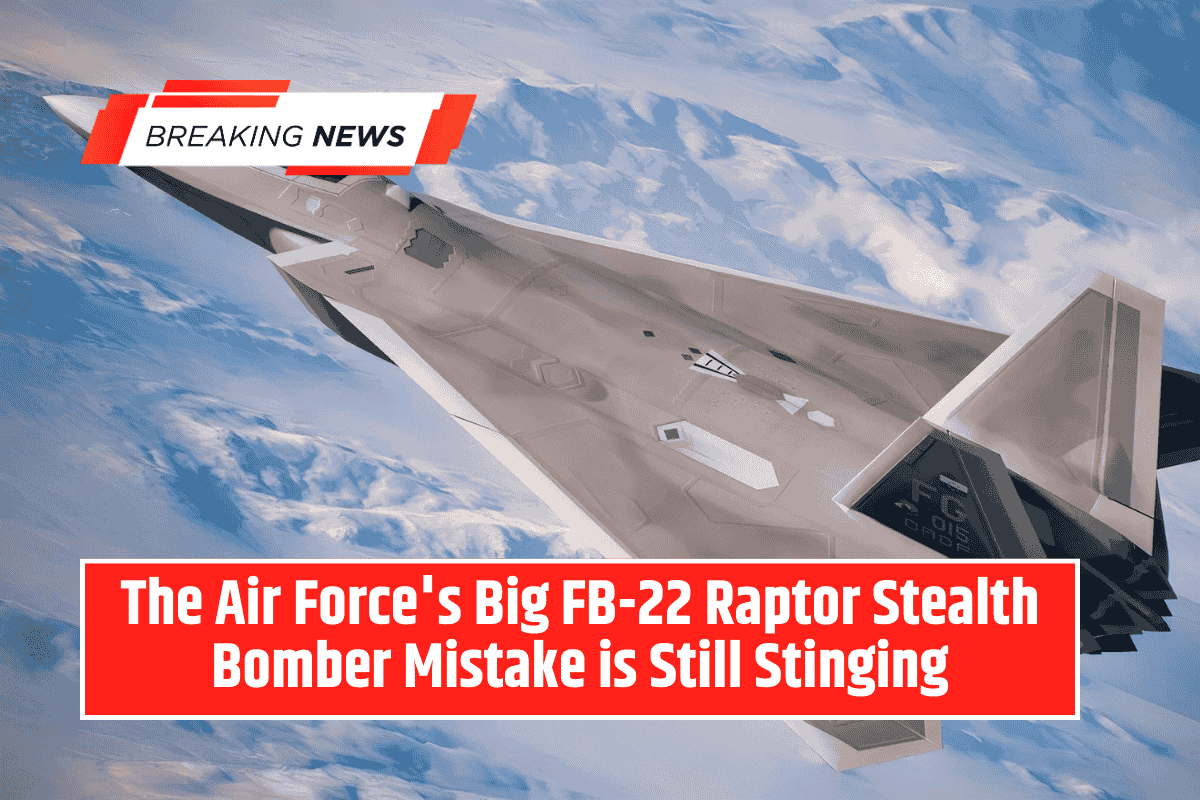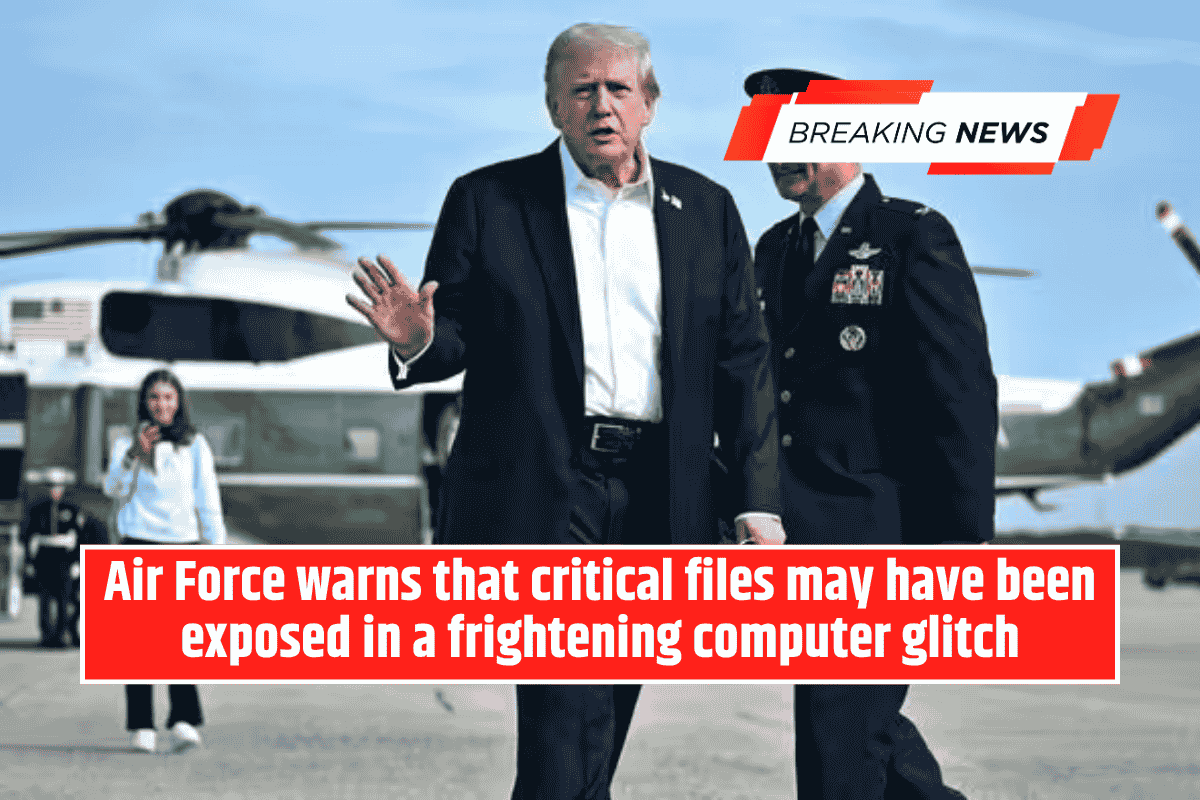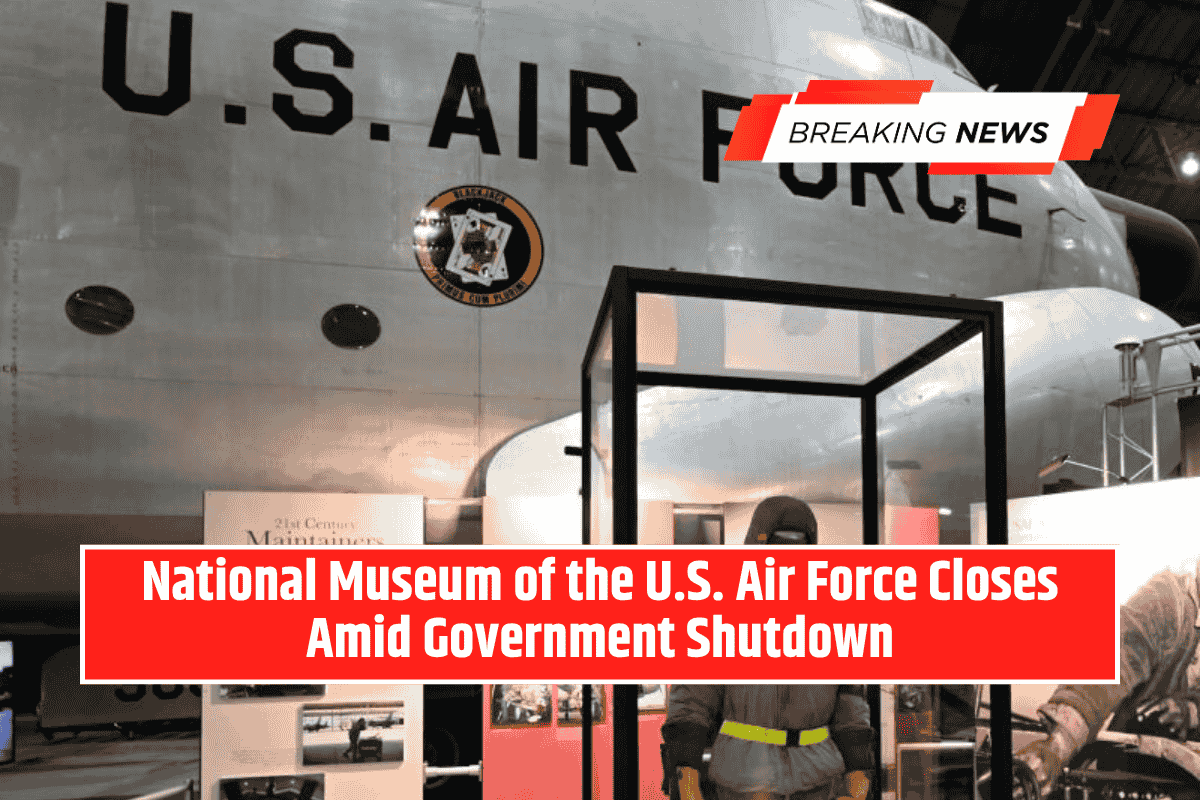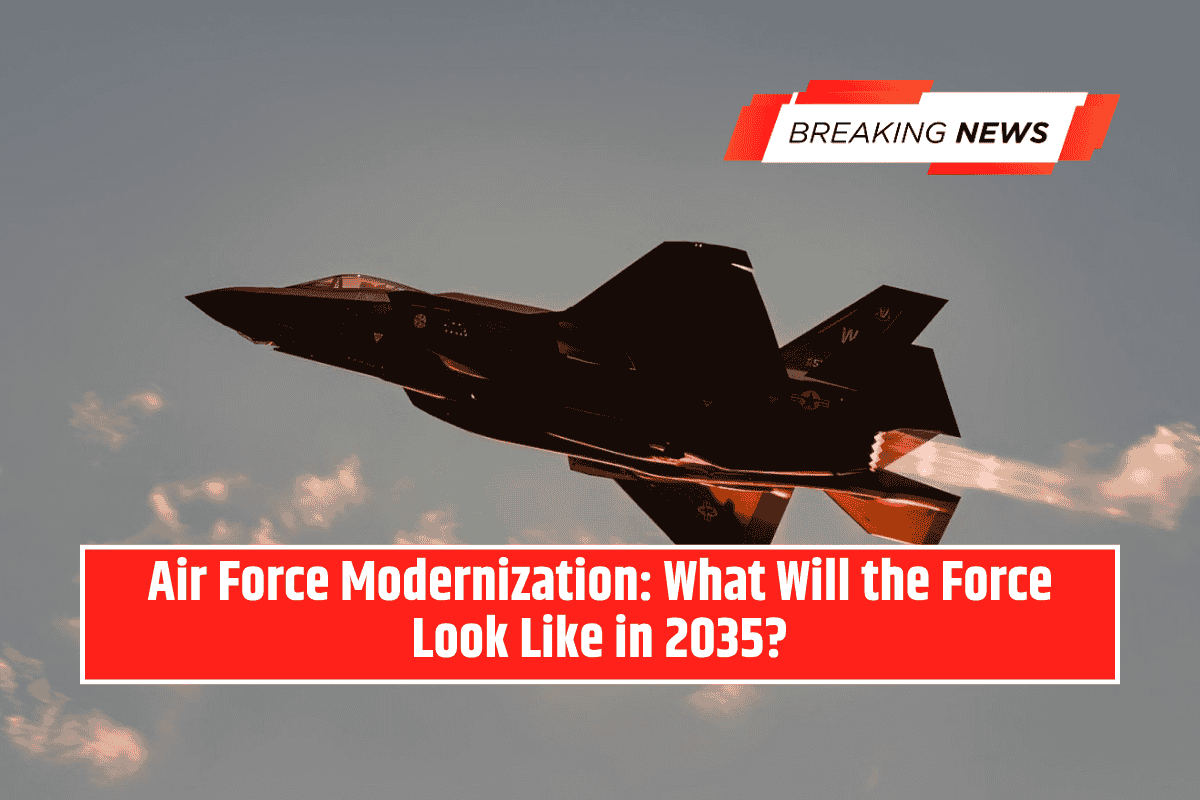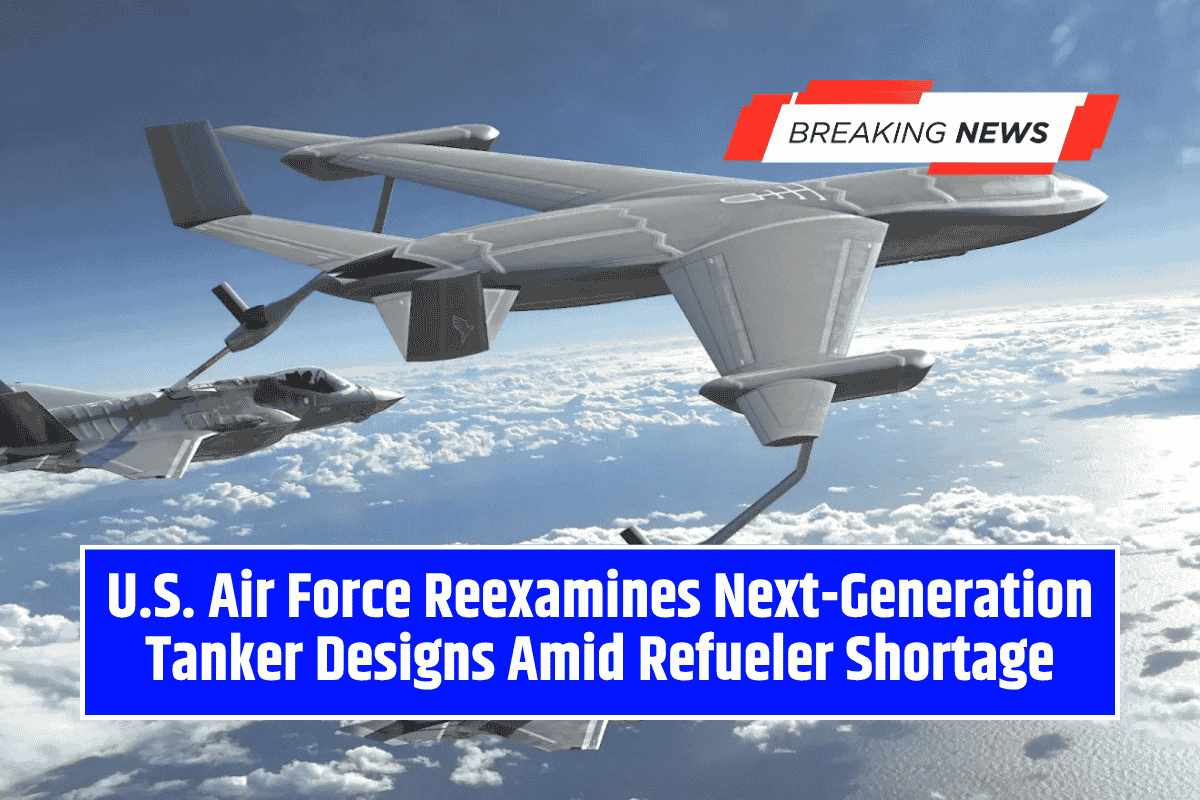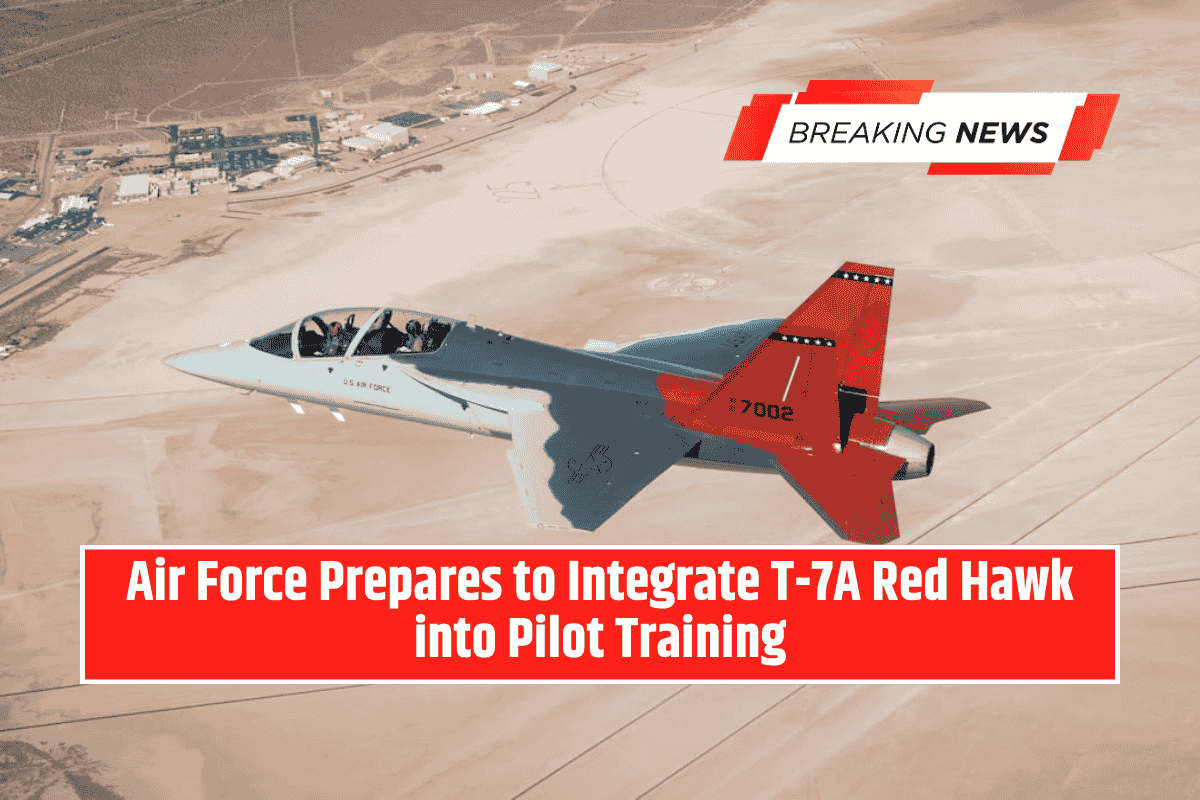The F-22 Raptor was built as an air-dominance platform: stealthy, supercruising, highly maneuverable, and equipped with advanced radar fusion. Its problem was not performance but scarcity, with production cut to a fraction of original plans.
That scarcity drove consideration of a strike variant—the FB-22—to give each airframe greater utility by combining fighter survivability with bomber punch.
What “FB-22” Meant in Practice
The FB-22 concept kept the F-22’s fuselage, engines, and avionics, but added:
- Range and Endurance – A larger wing carried more fuel, boosting efficiency for long-range Pacific operations.
- Magazine Depth – A stretched weapons bay accommodated dozens of Small Diameter Bombs (SDBs) or larger standoff weapons.
- Crew Optimization – A two-seat cockpit was envisioned, with one pilot handling flight dynamics while the second managed targeting, electronic warfare, and strike operations.
It was to the F-22 what the F-15E Strike Eagle was to the F-15A/C—except with stealth built in, not bolted on.
How the Raptor Would Have Become a Bomber
Developing the FB-22 required more than wing racks:
- Aerodynamics & Structure: New high-aspect wings and restructured bay for stealthy strike payloads.
- Fuel & Thermal Systems: Increased capacity and cooling to handle strike mission demands.
- Weapons Bay: Enlarged for larger or multiple payloads.
- Avionics & HMI: Shift to mission management, sensor fusion, and electronic warfare controls.
- Survivability: Enhanced stealth with low-probability intercept radar and tailored jamming techniques.
What the Air Force Would Have Gained
- Day-One Penetration Power – Massed stealth strikes from fighter-like numbers of aircraft.
- Tanker Relief – Greater self-sufficiency in range, reducing reliance on vulnerable refueling orbits.
- Flexible Strike Platform – Capable of engaging dispersed, mobile, time-sensitive targets.
Why It Didn’t Happen
The FB-22 fell victim to:
- Budget priorities in counterinsurgency wars where stealth bombers weren’t needed.
- Program risk and politics, as leaders prioritized the F-35 and next-generation bomber.
- Industrial trade-offs, with resources directed to existing fleets.
- Timeline optimism, assuming new bombers and standoff weapons would suffice.
Why Its Absence Matters More in 2025
Today’s operational realities—vast Indo-Pacific distances, dispersed European threats, tanker vulnerability, and limited stealth bomber fleets—make the FB-22’s absence glaring. It would have served as the “middle tier” between heavy bombers like the B-2/B-21 and stealth fighters like the F-35.
How It Might Have Shaped the Force
A wing of FB-22s could have transformed operational planning:
- Distributed penetration across wide theaters.
- Massed first-night suppression of air defenses.
- Maritime strike capability against mobile anti-ship batteries.
- Tanker economy, easing fuel burdens.
Even a testbed prototype could have influenced B-21 and NGAD development with real-world lessons.
Lessons for the Future
- Don’t mistake scarcity for necessity—mid-weight stealth strike aircraft can be fielded in numbers.
- Prototype to keep options alive—testbeds inform future designs.
- Range + magazine depth > raw speed in modern conflicts.
- Crew bandwidth matters—two-seat strike cockpits maximize combat effectiveness.
Final Verdict: A Missed Opportunity
The FB-22 would not have replaced the B-21 or F-35, but it would have multiplied their effectiveness. By combining stealth, range, and payload in fighter-like numbers, it promised a game-changing middleweight capability. Its cancellation left a gap that still haunts planners.
The Air Force didn’t need hundreds—it needed to prove the concept. By failing to do so, it lost both a capability and the lessons a testbed could have provided. In today’s high-stakes environment, that choice stands as a cautionary tale for future force design.
